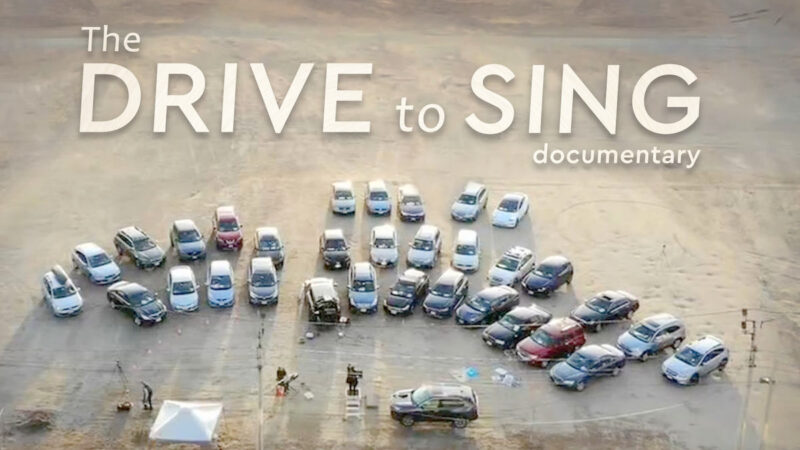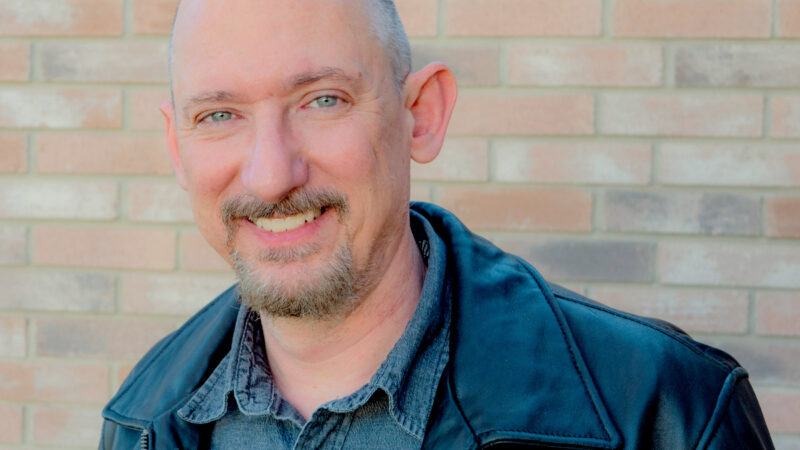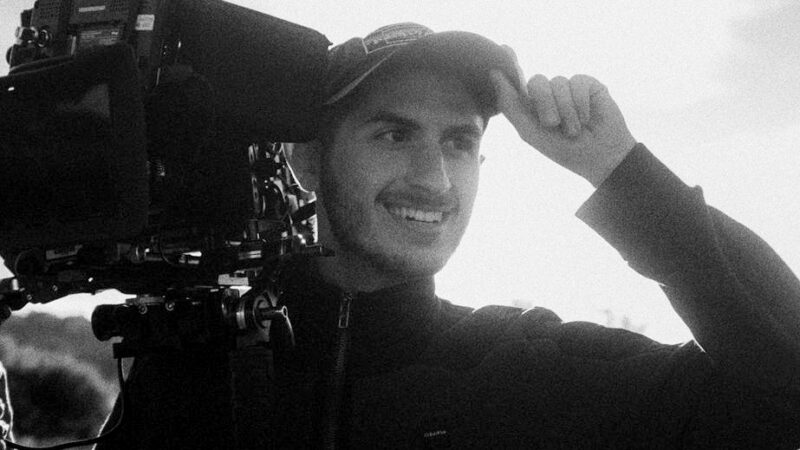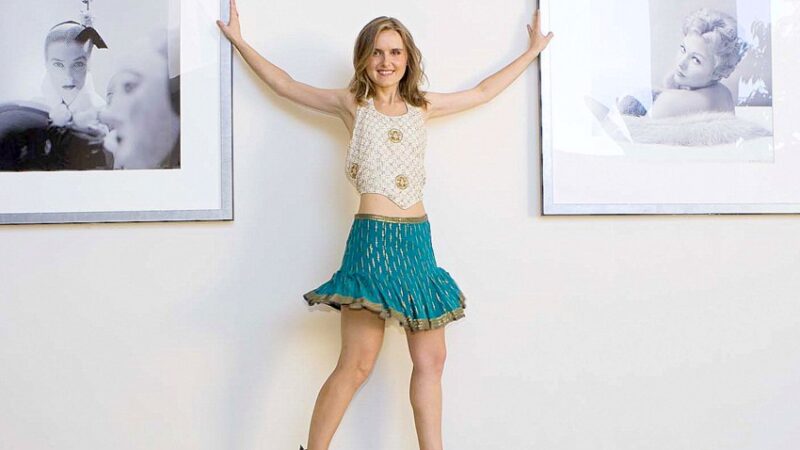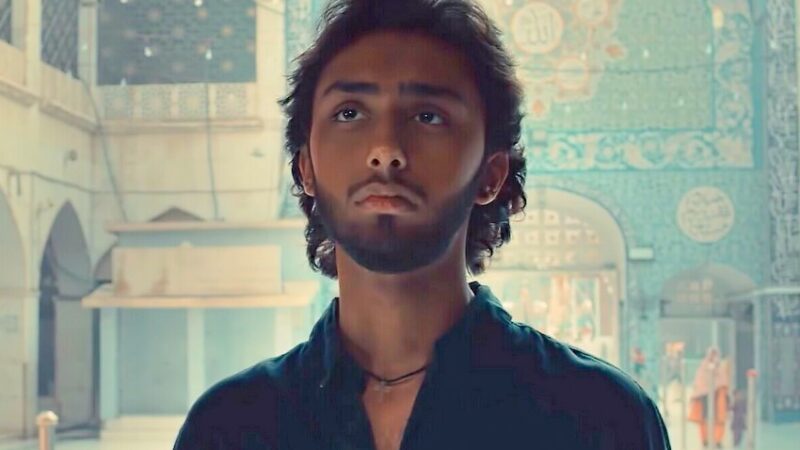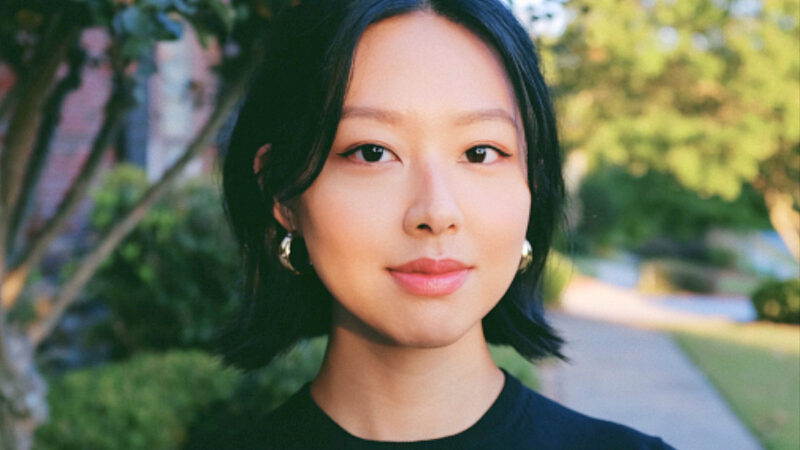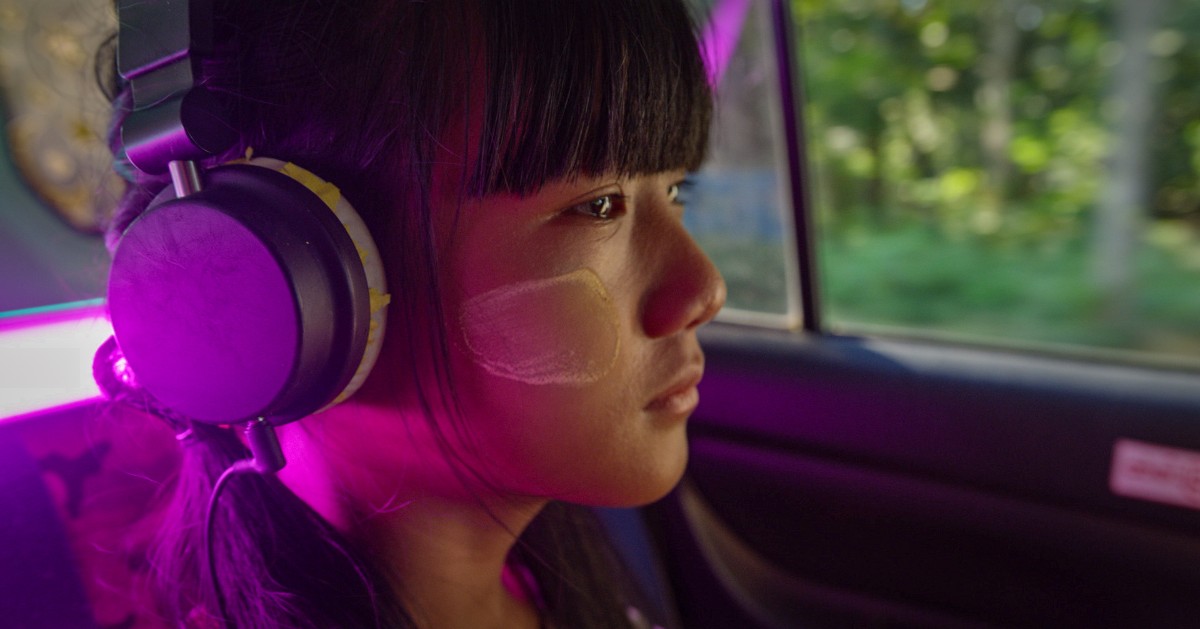
A Case Study
Narrative | Dramatic Features
Film Name: Aye Ko (Short Film, 22 Minutes)
Genre: Coming-of-Age
Date: December 2019
Director: Daniel Fahn Schoffman
Producer: David Israeli, Tin Lay Khaing, La Pyae
Writer: Daniel Fahn Schoffman
Cinematographer: Mg Mg Tha Myint
Editor: Daniel Fahn Schoffman
Composer: Aung Soe Min & Jason Moen
Production Company: Yangon Streetlight Productions, Kinhouse Creative
Budget: $15,000
Financing: Self
Shooting Format: RED
Screening Format: Full HD
World Premiere: 43rd Asian American International Film Festival
Website: https://www.danischoffman.com/aye-ko-short-film
indieactivity: What is your film about?
Daniel Schoffman (DS): “Aye Ko” is a coming-of-age story about a 12-year-old Burmese girl who ends up stranded on a country road with a headstrong goat as her sole companion, and must find her way back to her village in time for her sister’s wedding.
The Official Trailer for Aye Ko A Short Film written and directed by Daniel Fahn Schoffman
The original idea came to me when I was in Uganda, filming promotional videos for a wonderful NGO, The Nation Foundation. I met a Ugandan writer who wanted to make a feature film, and he asked me to think of an idea for a movie to pitch to his agent, for the following day. On my way back to the hostel I was looking out the window, and saw goats, and kids, and thought of an idea for a film about a boy travelling Uganda in an attempt to save his goat. Nothing ended up happening with that, but when I moved to Myanmar later that year, I saw that they have goats and kids too, so I thought I might as well adapt it. I worked as a freelance director mostly making commercials and music videos for two years, and before leaving I made Aye Ko with an amazing crew I put together of talented filmmakers I met during my time there.
Tell us about the festival run, marketing and sales?
Daniel Schoffman (DS): Aye Ko has screened in five festivals around the world. It started at the Busan International Short Film Festival (April 22–27, 2020), and then officially premiered at the Asian American International Film Festival (October 1–11, 2020). After that, it screened at the Myanmar Film Festival Los Angeles (October 22–28, 2020). Then it screened at the Oscar-qualifying HollyShorts Film Festival (November 9–15, 2020), and then at the Boston International Kids Film Festival (November 20–22, 2020).
Give the full Official Synopsis for your film?
Daniel Schoffman (DS): In rural Myanmar, Aye Ko, 12, is waiting for a bus back to her home village, along with her father and a goat. The goat has been blessed by a local shaman, in preparation for the wedding feast of Aye Ko’s older sister, to take place that night. Through a series of unfortunate, goat-related incidents, Aye Ko finds herself separated from her father and stranded on an empty country road with an uncooperative beast as her only companion. As luck would have it, she encounters an amiable bodybuilder-biker who dispenses Buddhist wisdom as he gives her a lift to the nearest town. Meanwhile, Aye Ko’s father hires a taxi, piloted by a chatty and big-hearted driver, and sets out to look for his daughter. After arriving at the town, Aye Ko sets off on her own, only to be robbed of her goat by local tribesmen. It is then that her father finds her, and insists that they return home, goat or no goat.
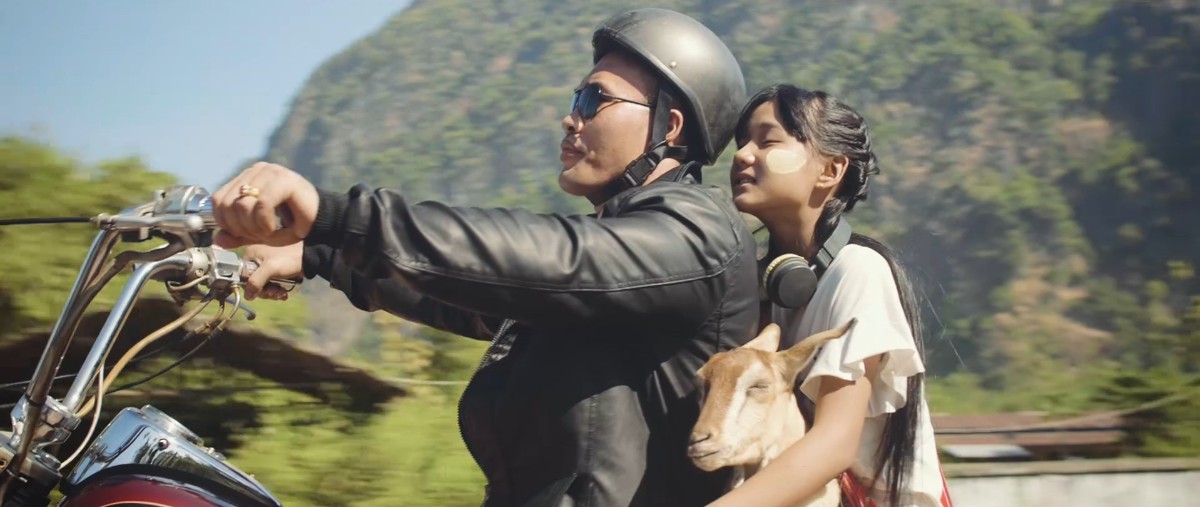
On their way to their village, Aye Ko spots her goat on the side of the road, convinces her father to stop the car, and runs over to the young tribesman guarding her goat. She tricks the boy, grabs the goat, and runs away. The tribesmen nearly catch her, but deliverance suddenly arrives in the form of the Zen Biker. When they all arrive back in the village, the wedding can finally proceed. But Aye Ko must part with her now beloved goat, face the obligations of real life, but with a newfound appreciation for herself.
Development & Financing?
Daniel Schoffman (DS): As I was approaching the two-year mark of my time in Myanmar, I had decided it was time for me to leave and go back home to Israel. Before doing so, my business partner, David Israeli, and I wanted to create a substantial piece of film work and decided that should be a movie. I immediately knew it would be the concept of the kid and the goat. At first, the idea was to make a feature film, so I wrote the film as such. We quickly realized that was not feasible due to time and budget restraints, so we decided to convert it into a short film, and that I would finance it out of pocket from the money I had made during my time in Myanmar.
Production?
DS: The entire process of pre-production and production was an intense and challenging journey, at every step of the way, and on every single aspect. Auditioning is not common practice in Myanmar. Typically the director handpicks actors he knows, and that’s it. But as an outsider, I insisted on auditions. The whole process was awkward, very different from what I took for granted. Burmese casting agents base their decisions solely on who looks right for the part. One man who auditioned for us was a trishaw driver whom the agent found on the street. He had his lines written down on the back of a piece of cardboard torn from a cigarette box (if he had read them better, I would have hired him.) Some actors simply refused to audition at all.
One woman said, I am an actress and perform in many movies, so I believe in myself and if you also believe in me, you can have me in your movie. I believed her, but I believed more in auditions. Some of the actors I hired because I had worked with them before. For example, Ko Min Htay, the actor who plays the father. In reality, he is a rebel army leader who is currently in peace talks with the Burmese military. While he was in exile in Thailand, he made his movie debut as the villain in Sylvester Stallone’s Rambo 4. David and I had filmed a little documentary piece about him for a local online magazine, so when I was writing the father character, I already had him in mind.
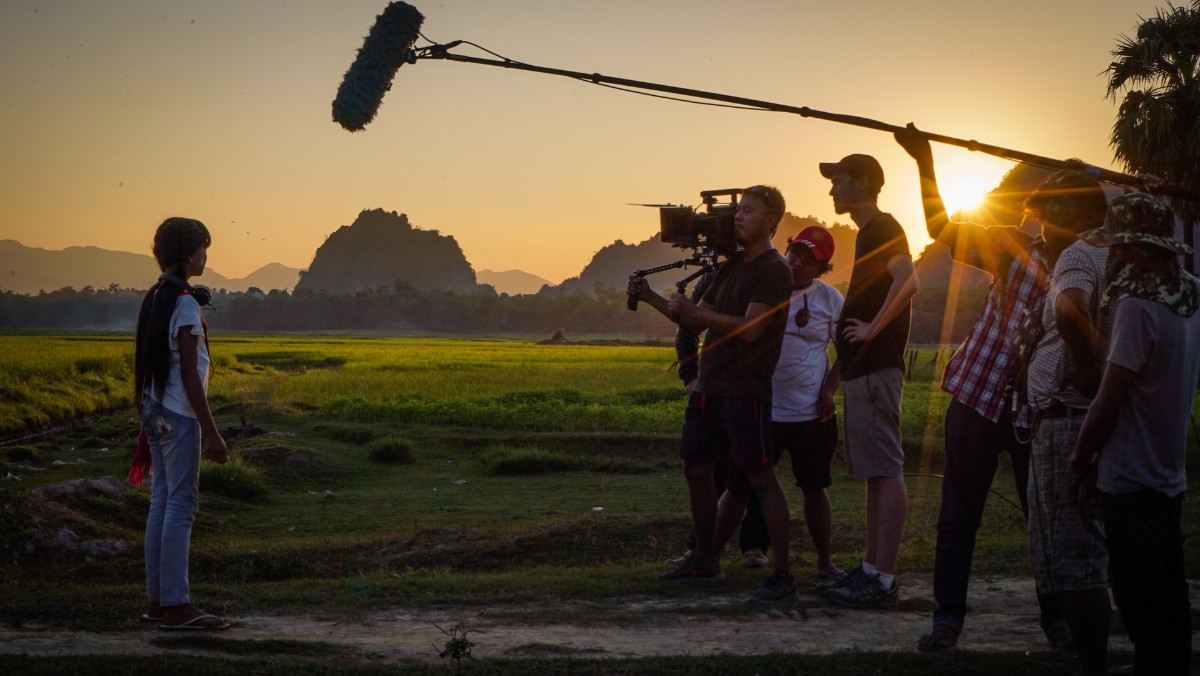
Pre-production was spotty. I had many frustrating arguments regarding the inefficient situation with Pyae Pyae, the producer, who reassured me not to worry, this was normal in Burma. Once a week he would threaten to quit, but he didn’t and delivered in the end. Somehow he made things happen that seemed impossible at first. A few days before the shoot, when half of what we needed was still missing, my Jewish mother asked me on FaceTime: “Aren’t you worried?” All I said was, “It won’t help.” Living in Myanmar, I had learned a valuable lesson. I didn’t speak the language very well, but I had picked up some of the Burmese mentality: things will work out, one way or the other. It’s the journey that matters. We kept refining and tightening the script, but during the shoot, I ended up letting scenes play out on their own. For example, I had carefully mapped out the scene with Aye Ko and the goat on the crowded bus, but the extras (and the goat) quickly turned it into a lively neo-realist free-for-all.
During the first few days of the shoot, we had some bad luck with vehicles. At first, the day before we began production, all the cast and crew were on the bus heading south to our principal location, Hpa An, a small city in Kayin State on the Thai border. Soon after leaving Yangon, the brakes malfunctioned and the bus crashed into the car in front of it. No one was hurt, but they all had to wait a few hours to get a replacement bus to pick them up. Now cut to the taxi that plays a vital role in the film. After rejecting a number of taxis, we had finally found the perfect one. But after the shoot on Day One, that same taxi was taking the goats back to their farm and crashed into a ditch.
Day Two: The motorcycle scenes, with Aye Ko and the goat riding with the Zen Body-Builder Biker. We hired an expert drone pilot for the day, to film them riding through the winding roads in the lush mountains. However, Salai, the Biker, had never learned to drive a manual-shift motorcycle and ruined the gears. We had to get a new motorcycle and couldn’t use any of the footage we shot with the first bike. That night, Pyae Pyae, the producer, told me I have bad luck with vehicles, probably because we hadn’t made a donation at the pagoda with the full cast and crew. This is something every movie production does before beginning to film, and Pyae Pyae had done this before the shoot on his own, placing coconuts and bananas before the Buddha, lighting candles and incense, and praying for the success of the film. But we clearly needed to do it again, with everybody.
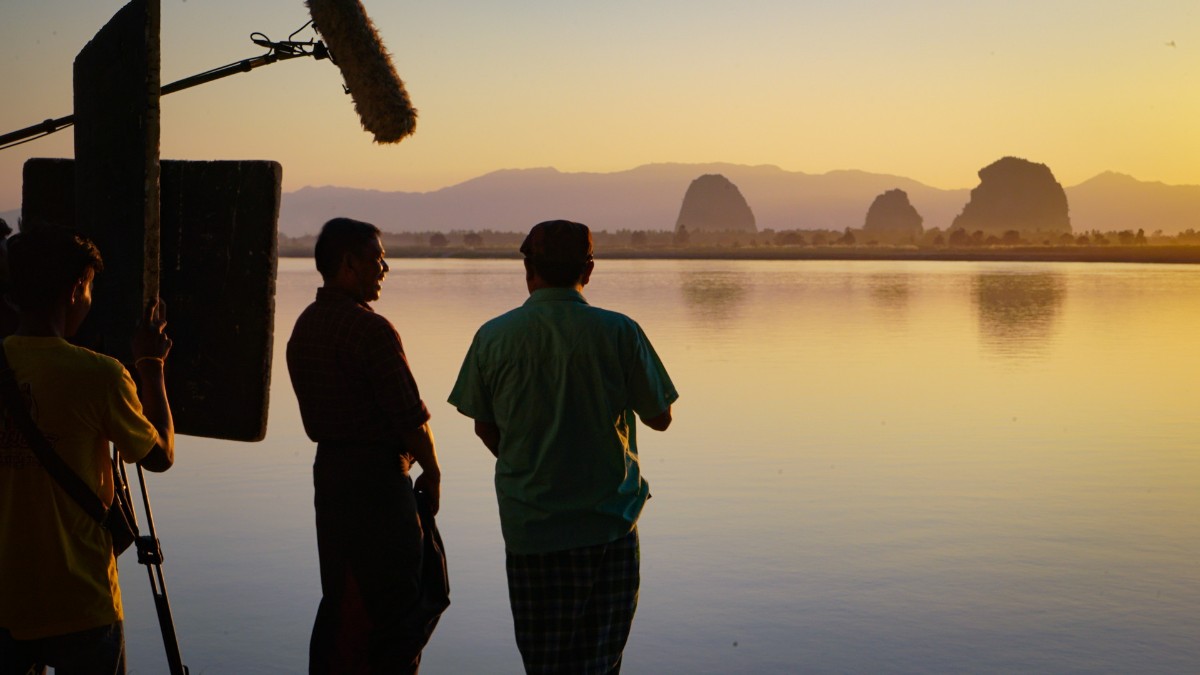
So the next morning, we all got up very early and drove to a nearby pagoda and made the donation. Sure enough, that day, for the first time, we managed to film everything we had planned, and also made up for the lost time. The vehicle curse was lifted. I don’t know if it was the Buddha who made that happen, but I do know that when a group of people truly believe in something, that can do the trick. Then it turned out that Aung, who played the Taxi Driver, didn’t actually know how to drive, and was learning on the job while driving on the highway, with our very expensive cameras mounted beside and in front of him.
Throughout the scene, his passenger Min, playing Aye Ko’s nervous father, had to reach under the line of the frame to hold the wheel and correct Aung’s steering. The father’s anxiety over his lost daughter and the precious goat was reinforced by the fact that in Myanmar the wheel is on the right, like in England, but you drive on the right, like in America, dangerously impairing visibility. Drivers need all the luck they can get. Monks and nuns may therefore be found at rest stops and gas stations, collecting donations.
For the first four days of the shoot, we were in rural Myanmar, in and around Hpa An, where we rented two identical goats from a local farmer. One goat was more timid and the other more rebellious. This way we could switch between the two, depending on the scene and the attitude we needed from the animal. This worked well, except that the goats had separation anxiety: whenever one was on camera, and the other one was within sight or earshot, they would wail to each other nonstop, which was not ideal for capturing dialogue.
We then relocated to Yangon, to shoot the last scenes in a mock village at night. The question of the goat had haunted me from the beginning. We needed the Yangon goat to look the same as the ones we rented in Hpa An. One of those would have to make the trip, or else we would find a local duplicate. I stressed this with my producers well before we started shooting, and a number of solutions were floated. One suggestion was to buy the Hpa An goat and bring it in the fully-loaded equipment van back to Yangon. The idea was to keep the goat on the porch of my apartment prior to the shoot, and then set it free, letting it fend for itself in the urban wild. I vetoed this and insisted we found a similar goat in the Yangon area to rent for one night. The day of the shoot arrived, and still no goat.
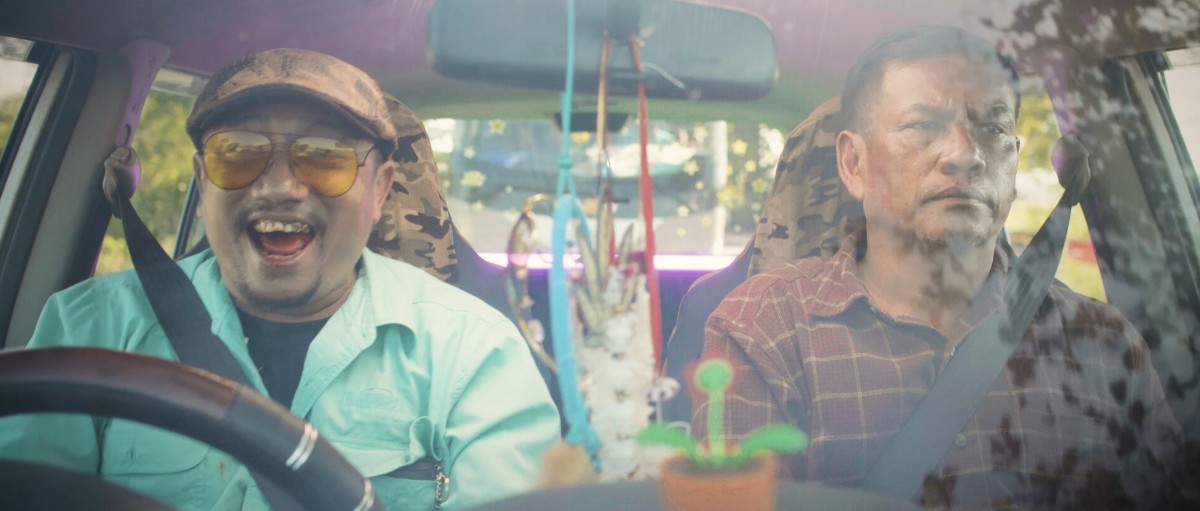
The producers kept texting me pictures of different goat options, but none of them looked enough like the originals in Hpa An. Eventually, they sent me a picture of the perfect goat. Right size, right colours, even the right smile. I was excited and relieved and immediately wrote them: BOOK THAT GOAT! Then, with one hour to go, a production assistant rushed over to break the news that the local goat I wanted was alas no longer available: it had been slaughtered. So they scrambled to get another goat for the final rodeo. In the end, they found a half-decent one that did the job. If you look closely, or even not closely, you can see it is a completely different goat from Aye Ko’s companion earlier in the movie, it has horns. But as they say, if the viewers notice, the movie has bigger problems. And please rest assured: No animals were harmed in the making of this movie.
I edited the film back in Jerusalem, living at my parents’ house. I only had the film translated for me after the fourth draft of the edit. Working on a later edit I tried to watch the film in a new light to see if anything stands out to me, so I watched it without sound. Nothing seemed different to me. It was then that I realized that essentially, the entire time, I had been watching it without sound because I don’t understand what the actors are saying. I was only focused on their expressions and mannerisms, which I think helped me let go of the script and the lines and focus on the real human emotions.
Festival Preparation & Strategy?
DS: I started the festival route by applying to the top tier festivals. When I wasn’t accepted to any of the big ones, I moved on to Oscar-qualifying festivals, such as HollyShorts, to which I was accepted. At the same time, I applied to festivals, which I felt Aye Ko fit in with their subject matter, such as Kids and Asian festivals. I was accepted to the 43rd Asian American International Film Festival where Aye Ko officially premiered, and to two more Asian festivals, as well as a kids’ festival.
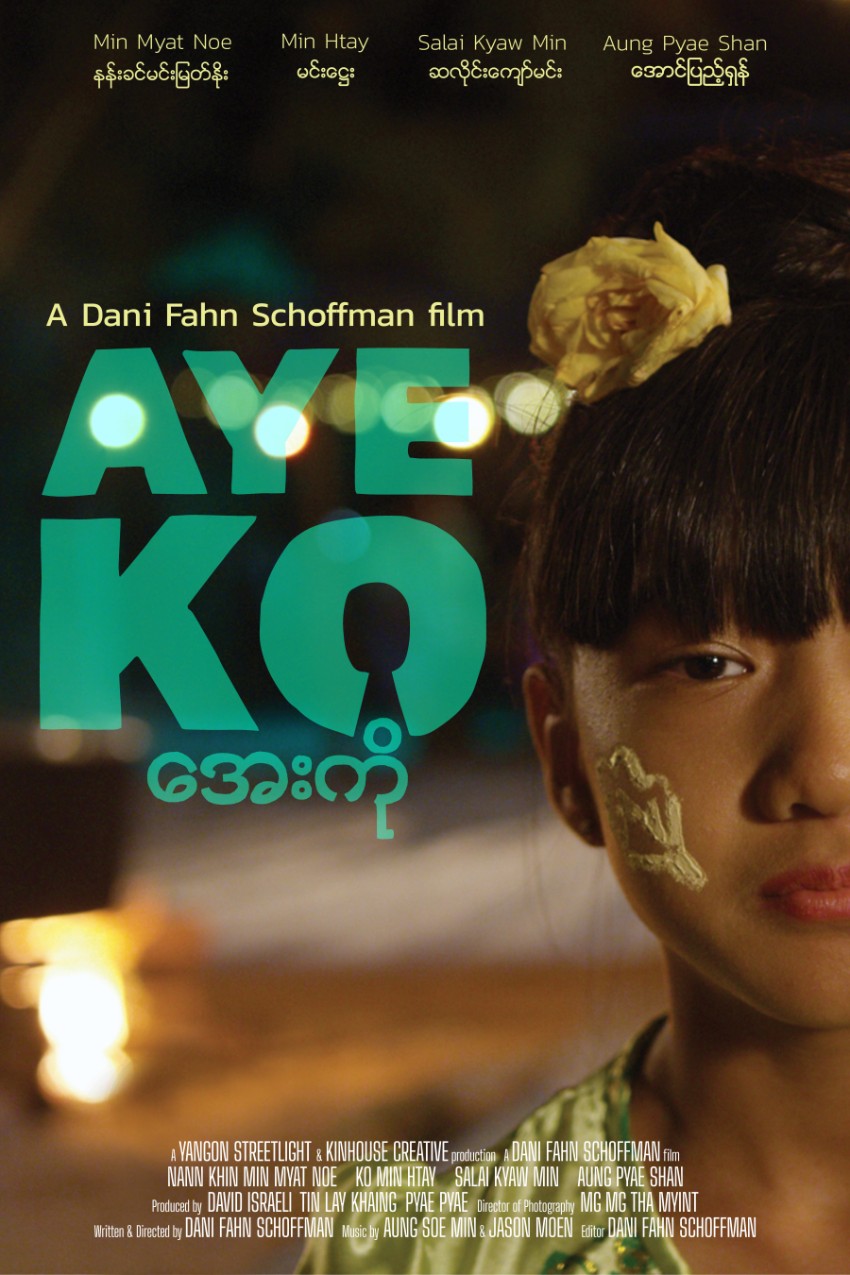
The Release?
DS: The release of the film is currently only through the festivals it is screening at.
Advice from the Filmmaker?
DS: Plan your shoot as much as you can, but leave room for life to happen, because it’s usually better than what you can come up with yourself.
Tell us what you think of the Case Study for Aye Ko What do you think about it? Let’s have your comments below and/or on Facebook or Instagram! Or join me on Twitter.
Follow Daniel Fahn Schoffman on Social Media
Website
IMDb
Facebook
Instagram
Vimeo
MORE STORIES FOR YOU


